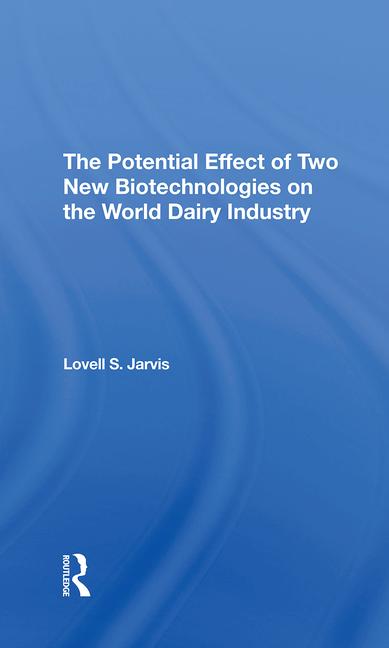
The United States is becoming a bigger player on the world market. Last year, more than 8% of our milk was sold overseas in the form of exportable products, including skim milk powder.
Here's a top-line look at two of the great success stories in the dairy business: Organics and Exports
Organic milk and dairy product sales at retail totaled about $2 billion during 2005, according to estimates from the Nutrition Business Journal. This means sales have more than tripled since 2000.
Nay-sayers are quick to point out that organic represents a very small share of total dairy sales. Some go so far as to call it a fad. Forecasters think otherwise.
The outlook for organic sales says the annual growth rate will hover around 25%. If we keep up this pace, sales will triple in another five years and total $6 billion.
There are, however, a couple of obstacles to uninterrupted growth. First: The organic dairy business is being plagued by supply shortages that were periodic, but are getting more persistent. Second: The arrival of an interloper; milk from cows not treated with bovine somatotrophin or bovine growth hormone or rBST or BST.
About three-quarters of the consumers buying organic milk and dairy products on a regular basis say they are doing so to "avoid hormones in milk." With a shortage of organic milk, which carries a hefty price tag, retailers are lining up supplies of milk from cows not treated with bovine somatotrophin.
Where this "new" product (sometimes called BST-free) is on the retail shelf, it is priced at a modest premium to conventional milk. I suspect it will have an impact on organic sales.
However, consumers opt for organic for more than just an absence of hormones. The avoidance of antibiotics is on the minds of 73% of the purchasers of organic dairy and 68% cite pesticides.
I know. Our milk supply is the most tested food in the world; the safest food supply in the world. We have not, however, convinced everyone. There is, and always will be, a market for organic milk and dairy products.
U.S. dairy exports are leaving the country at a record-setting pace again this year. World prices for most products reached new record high levels during the summer of 2005. This put a dinger in sales and prices dropped back to more realistic levels.
Now, prices are stabilizing and, in some cases, firming because of strong demand and limited supplies. The United States is becoming a big player in the world dairy trade. Last year, more than 8% of our production moved to customers outside of our borders.
Skim milk powder exports, for example, got off to a slow start this year, but are now picking up a head of steam.
Sales were slow enough so that U.S. manufacturers sent surplus product to the government earlier this year. Now, supplies worldwide are very small by historic standards and the government warehouses will likely be emptied.
U.S. shipments of various whey proteins and cheese have been above year-ago levels and the outlook for the rest of the year is "fairly positive," according to U.S. Department of Agriculture analysts.
Private forecasters agree. World cheese and butter prices are weakening, but skim milk powder, whey, and lactose prices are firming. Dairy product supplies in Europe are already limited and milk production is running 1% to 2% below year-ago levels. European and export subsidies are becoming a thing of the past.
Supplies in Oceania hinge on the weather as a new production season gets underway. Production recovered some in New Zealand last year, but was still below 2004. Faced with another drought, the milk supply in Australia last year was down double digits versus 2002.
Meanwhile, economies around the world are doing well. Disposable incomes are climbing and menus are growing. Savvy exporters in the United States are finding new and growing homes for a host of dairy products.
Organics and exports have both come of age during the past five years and both have very bright futures.

